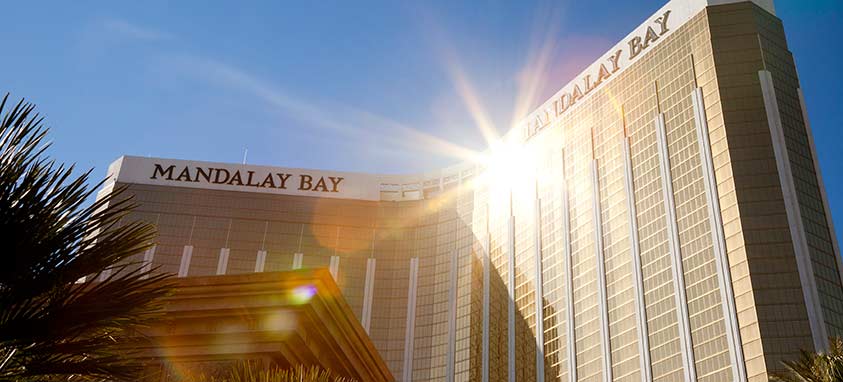With dozens of hotels and a lively Strip that has neon signs blinking 24/7, the city of Las Vegas consumes a huge amount of energy. It also boasts near constant sunshine, making it a prime candidate for solar energy.
For numerous reasons (including pressure from planners who rent their conference halls and want to see more sustainable practices), three of the city’s largest casino operators (MGM Resorts, Wynn Resorts and Las Vegas Sands Corp.) have announced plans to switch to renewable solar energy. Their green intentions, however, are not sitting well with regulators and the state’s main utility provider, NV Energy.
According to theguardian.com, the three casino companies’ 15 collective properties account for 7 percent of NV Energy’s electricity sales. If that revenue is lost, the utility claims that its customer base will be forced to absorb significant rate hikes. Bill Ellard, an energy economist for the American Solar Energy Society, told The Guardian, “They need to maintain the grid. You cannot let these utilities go bankrupt or else every business in the city dies.”
Las Vegas Review-Journal reports that in Dec. 2015, the Nevada Public Utilities Commission (PUC) sided with NV Energy when it ruled that the three casino companies could purchase their electricity elsewhere, but would have to pay $127 million in “exit fees.” The PUC ruling also stipulated that the casinos would have to buy power from a “new” source that has no relationship with NV Energy, a technicality that handcuffs the casinos because NV Energy has a near monopoly on power in the state.
The resorts insist that the required “exit fee” is exorbitant and potentially illegal. Wynn Resorts filed an appeal in January; MGM Resorts and Las Vegas Sands Corp. are considering their options.
These hospitality companies are not the first to become embroiled in an energy drama in Sin City. The Guardian notes that last year Switch, a data storage firm in Las Vegas, wanted to convert to 100% renewable energy. When NV Energy could not meet its energy demands, the PUC ruled that Switch would have to pay $27 million to sever ties with the utility since it was responsible for nearly 3 percent of NV Energy’s electricity sales. The companies eventually reached a compromise, with Switch paying NV Energy to build a new solar array that would meet its sustainability goals.
Solar Powering The Strip
Mandalay Bay Resort and Casino is owned by MGM Resorts. As part of a major redesign and expansion project, solar panels are being installed on the roof of the Mandalay Bay Convention Center. The project is expected to be completed soon. Covering more than 28 acres, the combined array will be one of the largest rooftop solar arrays in the country, and will generate enough electricity to power the equivalent of 1,300 homes.
“It’s no accident that we put the array on top of a conference center. This is good business for us,” Cindy Ortega, chief sustainability officer at MGM Resorts told The Guardian. “We are looking at leaving the power system, and one of the reasons for that is we can procure more renewable energy on the open market.” She added that the resort’s major push toward sustainability will help combat perceptions that Las Vegas lacks a conscience.
Over the years, MGM Resorts has been a leader in health, wellness and sustainability. In addition to the solar panels, the company is replacing 1.3 million light bulbs in its properties with more energy efficient LEDs. Mandalay Bay and its Convention Center, which hold Five Key ratings from the Green Key Eco-Rating and Meetings Programs and have been awarded Gold status in TripAdvisor’s GreenLeaders program, recycle more than 80 percent of convention materials.




